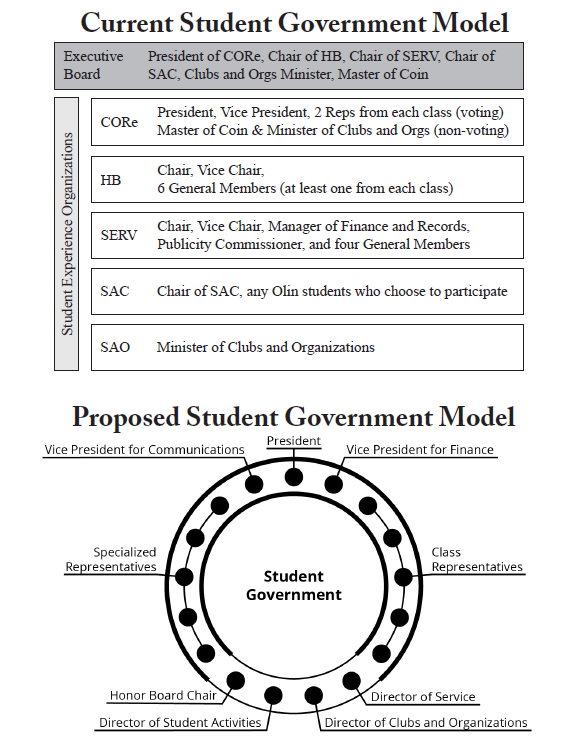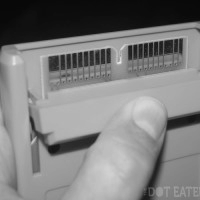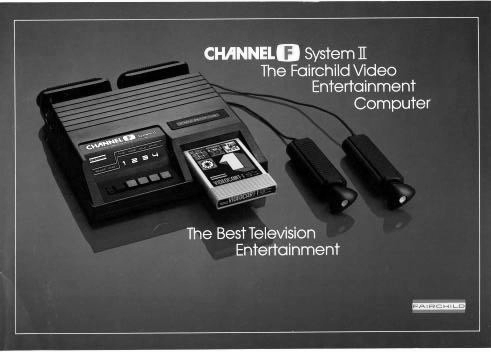“The fruit looks like it’s going to fall over and die.” “A large percentage of food offered is either pizza or burgers. Since we are college students and not picky 5 year olds I feel like there could be way more healthy, interesting options.” “I think the biggest issue is a lack of transparency. Many people form strong opinions about getting rid of meat or paying for specific meals or that we’re just getting robbed outright without really knowing any of the details about how our money is actually spent.” “It seems like all I eat is carbs with crappy cheese.” “I would really like to see more healthy and less processed foods.”
Last month the dining hall committee sent out a survey on Olin’s dining services and received a wealth of responses. The takeaway message: nearly 70% of the Olin student body is dissatisfied with the current state of our dining options. And it shows. At dinner these days, it’s not uncommon to overhear someone saying, “the food is much worse this year.”
In the survey, several people asked for more transparency from the dining hall. Change will never happen unless we’re all on the same page and make realistic demands. I often hear people say that the issue is either with the way the dining hall is run or with the way that Olin’s administration is assigning budgets. But how about instead of pointing fingers, we look at the facts and work out reasonable solutions. That’s what engineers do after all, right? We solve problems given a set of constraints.
The following facts were given to the dining hall committee by Dave Nadreau and Joanne Kossuth.
Operating Budget (based on 2012 data, numbers are ballpark figures):
The total annual cost of operation of the dining hall is $2.3 million. Annual revenue from students is $1.9 million. The remaining $400,000 bill is footed by Olin.
Of the $2.3 million, $1.4 million go to direct costs. And, no, that doesn’t mean $1.4 million pays for ingredients. In addition to ingredients, this portion pays for labor and benefits of the staff, sales tax, cleaning, and serving ware (plates, cups, etc.), among others. This is the portion of the budget that Dave Nadreau handles.
The remaining $900,000 is spent on overhead costs and is handled by the Olin administration. Costs here cover heating, cooling, lighting, maintenance, and space depreciation.
Cost of Food:
The average cost of ingredients per plate is $2.50. Contrast this to the $1.70 plating cost at Babson, which is due to the larger scale of their operation.
With a $2.50 plating cost per meal, that makes the annual money spent on ingredients roughly $650,000.
Side note: For those of you demanding unlimited meals of exquisite quality, why don’t you try feeding 350 people for 7.5 months on a food budget of $650,000. Abandoning the all-you-can-eat format for slightly smaller meals that actually make you feel good might be the key. No more crying on the toilet after that fried chimichanga. Just think about it.
Dining Hall Use (from card swipe data):
On average, 600 Babson students eat at Olin each week.
An average of 150 Olin students eat at Trim per week.
The net plating cost is exchanged behind the scenes between the two schools.
The Babson-Olin collaborative dining arrangement is by presidential order and was put in place to foster interaction between students of the two schools, whether or not that actually happens.
Now that you have seen the data, you may be wondering, “So what now?” I have not fixed anything yet, and I need your help to do so. Sure, as a result of the survey, the dining hall has agreed to serve less pizza and better labelling on food is now being practiced. But for real change to happen, you need to start caring. The food that you eat daily should energize you and make you feel healthy, and I know that I’m not only one feeling the opposite when I eat at the dining hall. So be an Olin student and do something! You guys claim to care about the nutritional value and quality of the food over the quantity, yet the majority of you prefer the unlimited, buffet style meal plan. Well this is not feasible. With the budgetary restrictions that the school has, it really boils down to choosing either quantity or quality, and that’s the conversation we need to start having. I’m not offering a solution, but I’m calling on you to take up the conversation so that we can find one together.
 Imagine a game that involves betting on the color of a single card in a standard 52-card deck. Each card is turned over one by one, and before each card is flipped, you may do one of two things:
Imagine a game that involves betting on the color of a single card in a standard 52-card deck. Each card is turned over one by one, and before each card is flipped, you may do one of two things:


